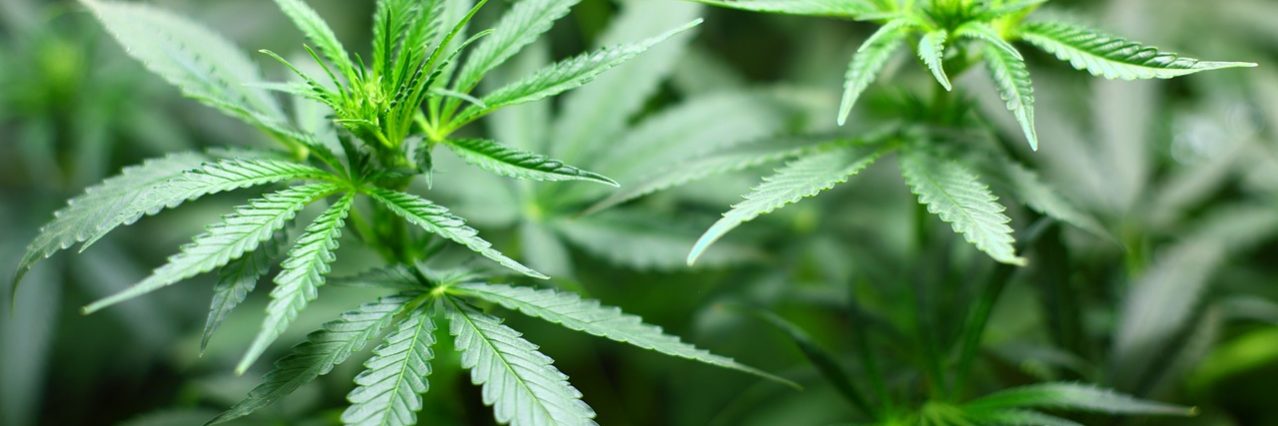A study has shown that Aboriginal adults are far more likely to be charged when in possession of cannabis than non-Aboriginal adults.
A recent study has revealed yet “another example of police bias,” showing that Aboriginal adults are significantly more likely to be charged when caught using cannabis.
A study by the New South Wales Bureau of Crime Statistics and Research (BOCSAR) has analysed over 38,000 cases between 2017 and 2020 of adults in possession of small amounts of cannabis.
The study found that 44 per cent of non-Aboriginal adults were let off with a caution as opposed to just 12 per cent of Aboriginal adults.
BOSCAR executive director Jackie Fitzgerald said, “if you don’t receive a caution, you are proceeding through the formal justice system.”
Managing solicitor at the NSW/ACT Aboriginal Legal Service Lauren Stefanou said that this report was no surprise at all.
“We frequently see Aboriginal people charged for low-level cannabis possession,” she said.
“There’s nothing surprising about this study — it’s yet another example of police bias against Aboriginal communities.”
Ms Stefanou said this bias has bad outcomes for everyone, not just Indigenous people and communities.
“Burdening the courts with these charges is a waste of public resources and has a detrimental effect on more than 2,000 Aboriginal people in NSW each year charged with possessing small amounts of cannabis for personal use,” Ms Stefanou said.
“To start closing the gap in cannabis charges, NSW needs policies that put justice reinvestment and community-led solutions at the centre and laws that minimise police officers’ discretion to discriminate.”
The report found that eligibility criteria for the state’s Cannabis Cautioning Scheme offering a diversionary pathway was one source for this disparity.
This scheme allows police to issue cautions using their discretions, under the conditions that the user has not been involved in any other criminal offence at the time and has not had any prior convictions for drug, violence, or sexual offences.
The user must also have no more than 15 grams of cannabis in their possession.
But the report found that only 39.5 per cent of Aboriginal offenders who were eligible for a caution were issued one.
Ms Fitzgerald said this showed that Aboriginal people were unlikely to receive this program’s benefits.
“It looks like, when it comes to exhibiting discretion, police are considering things beyond the criteria of the scheme,” Fitzgerald said.
“It’s hard to see how Aboriginal people would benefit from a program like this.”





